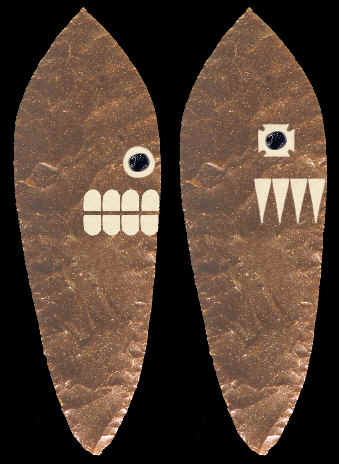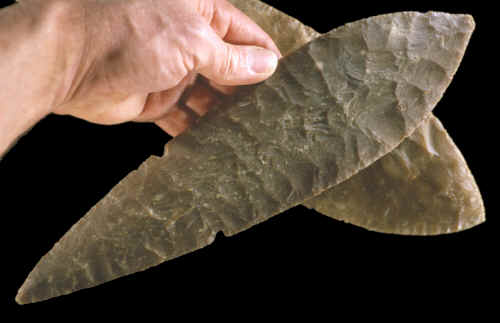|
|
|
The capital of the Aztec empire, called Tenochtitlan, was located where Mexico City is today and was one of the largest cities in the Americas. It was a magnificent city of temples and pyramids that were constructed of stone. The site was actually built in the center of lake Texcoco on islands connected to the mainland by three causeways. The Spanish called the city "The Venice of the New World". But soon after the invasion the city was torn to the ground. The stones were used to build a palace and the Great Cathedral of Mexico City. The Cathedral was built near where the Great Temple of the Aztec once stood. |
|
|
|
|
The Great Temple of the Aztec was rediscovered in 1978 by workers from the Electric Light Company who were digging in the very heart of Mexico City. They discovered a large carved stone several feet across with a carved relief of a dismembered Aztec god who had been killed by her brother, another Aztec god. The Aztecs were a warring people who fought constant battles with neighboring groups. Their main weapons were clubs with sharp stone blades imbedded in them, bows and arrows and spears. |
|
|
The Aztec craftsmen who specialized in stone tool making produced some of the largest and most finely crafted bifaces in the ancient world. The archaeological record shows that the majority of them were being used in ceremonial applications. In fact, they were used in the most bizarre ways, at least by modern standards and were definitely not intended for domestic use. |
|
|
Archaeologists describe any large oval or leaf shaped bifacially flaked stone artifact as a biface. Some people also call them blades but the proper scientific term is biface. |
|
|
A biface is a stone artifact that is flaked on two sides. Flakes may be removed by using one of three different flintknapping techniques. They can be removed by direct percussion flaking, by indirect percussion flaking and by pressure flaking. |
|
| CONTINUE ON TO PAGE THREE | |
|
"REFERENCES"
1973,
Perino, Gregory, "Artifacts Made From Tabular Flint", Central
State Archaeological Journal, April #2, pp. 60-65. |
|




